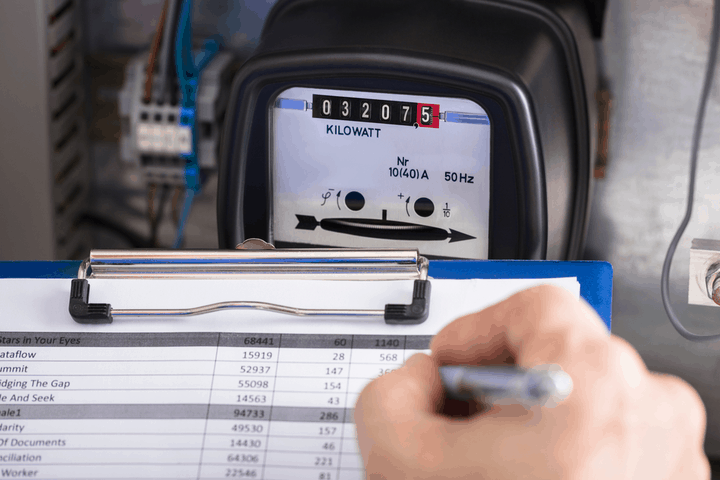The Australian Energy Market Commission’s (AEMC) annual review of national retail energy competition has found that high electricity prices and complicated and confusing energy offers have pushed consumer confidence levels down significantly.
The review found that only one in four consumers now say energy retailers are working in their long-term interests, down ten per cent from last year.
Satisfaction with value for money in energy is lower than banking, water, broadband and mobile sectors. Energy is the only sector to have had decreased satisfaction over the past year.
Trust in the energy sector has dropped from 50 per cent in 2017 to 39 per cent in 2018.
AEMC Chairman, John Pierce AO, said while competition in the retail energy sector continues to evolve, it is currently not delivering the expected benefits to consumers andretailers on the whole have been slow to help their customers.
“There are more energy entrepreneurs operating in the market, and greater savings on offer with increasing numbers of consumers switching plans and accessing new technology,” Mr Pierce said.
“But in the 12months since our last report we have seen retail electricity prices rise following the closure of Northern and Hazelwood generators and higher gas commodity costs.
“While prices are now flatter or falling, we are disappointed to see retailers are still not doing enough to help their customers.
“Complex pricing plans, conditional offers, discounts from bases that vary by retailer, and an increasing trend towards discretionary win-back marketing have created consumer confusion and dissatisfaction.
“Retailer inertia and a lack of transparency have emerged as significant barriers preventing consumers gaining the maximum benefits possible in terms of prices and services.
“Reforms are on foot to enable and support innovation in both technology and pricing. There is nothing preventing retailers from being more innovative and cost competitive, but they have been slow to act with only marginal price and tariff changes happening.”
Australian Energy Council General Manager, Corporate Affairs, Sarah McNamara, said the sobering review was a sharp reminder to the industry of the changes needed to regain the trust of consumers.
“We know energy bills have increased sharply as a result of tight supply in both gas and electricity markets,” Ms McNamara said.
“The AEMC report sends a clear message that customers want greater transparency and simplicity in how energy is sold. And, fundamentally, they would like to see price relief as soon as possible.
“Importantly, the AEMC warns that re-regulating energy prices is not warranted. Re-regulation would hit the smallest, most disruptive and most innovative retailers hardest. This would reduce competition and innovation for consumers.
“The Victorian Government is currently considering introducing a Basic Service Offer which would effectively re-regulate prices in Victoria. The AEMC report confirms this would do more harm than good.
“It’s clear energy retailers need to do more to accelerate innovation and improve the way we market energy to customers, whilst supporting all measures to bring down the cost of energy supply. It’s a market that needs to evolve faster to ensure customers are getting the full benefits of competition.”
People are adopting new technologies to source their own energy as solar PV becomes more financially beneficial for households and small businesses.
There were 154,877 residential solar PV installations in 2017, an increase of 25 per cent from 2016, with 1.8 million Australian households now using solar panels.
This is expected to continue, with solar costs forecast to decline further.
Key findings from the review:
- Competition continues to develop
- The market share of the big three retailers has continued to decline, but still remains around 75 per cent in most jurisdictions, except for Victoria where it is around 60 per cent
- Both satisfaction and confidence in the energy market are down following wholesale energy price rises from 1 July 2017
- Consumer confidence that the market is working in their long-term interests fell by ten points to 25 per cent
- Confidence in the information available to them fell seven points to 50 per cent
- Consumers own ability to make choices about the energy market fell eleven points to 58 per cent
- Satisfaction with the level of competition fell six points to 43 per cent, and value for money fell by four points for both electricity and gas to 44 per cent and 60 per cent respectively
- Satisfaction with the level of customer service was up three points for electricity to 61 per cent and down by one point for gas to 66 per cent
- More consumers are switching retailers and are using comparator websites to help navigate the complexity of the market. Commercial comparator sites can help people navigate the market but could be more transparent about the number of offers they compare
- Switching rates are highest in Victoria (27 per cent) and South East Queensland (25 per cent). The switching rate in New South Wales is 19 per cent, South Australia is 16 per cent, and the Australian Capital Territory is six per cent














